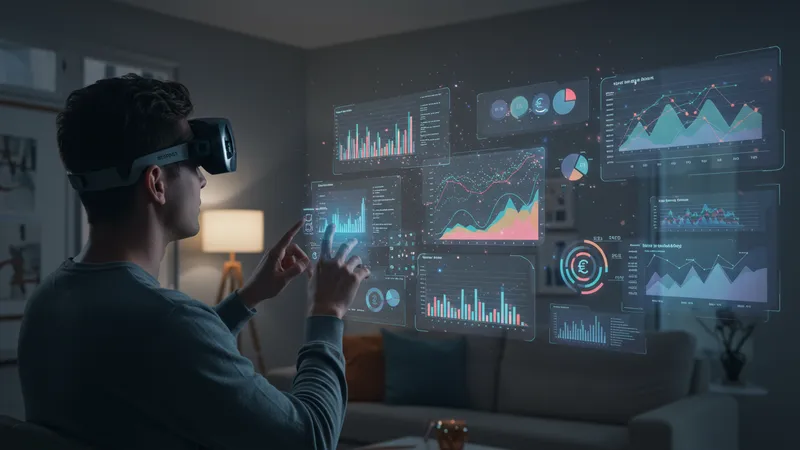
A Complete Guide To Modern Banking Services
Branching Out: Augmented Reality in Banking
In an effort to revolutionize customer interactions, some banks are experimenting with augmented reality (AR). Imagine hosting financial consultations or navigating complex mortgage processes from the comfort of your home, visualized through AR glasses. While this may sound futuristic, banks like Citi and BNP Paribas are already investing in research to make this a reality, driven by the promise of effortless banking experiences.

What makes AR in banking so compelling is its potential to simplify and enhance the customer experience. Picture viewing a detailed 3D breakdown of your spending habits projected onto your living room wall, offering insights at a glance. This level of engagement could transform financial planning from a chore into an interactive experience.
Yet, the implementation of AR technologies in banking raises questions about privacy and data security. As virtual and physical realities merge, stringent protocols must ensure sensitive information is protected, preventing unauthorized access. The balancing act between innovation and security will determine the success of this technological leap.
As banks refine these AR capabilities, the broader impact is undeniable. It signifies a pivotal shift in how we approach financial interactions, fostering convenience and deeper engagement. The journey towards fully integrated AR in everyday banking is accelerating, promising a future where banking becomes an intuitive part of our lives. But are there more surprises down the line?